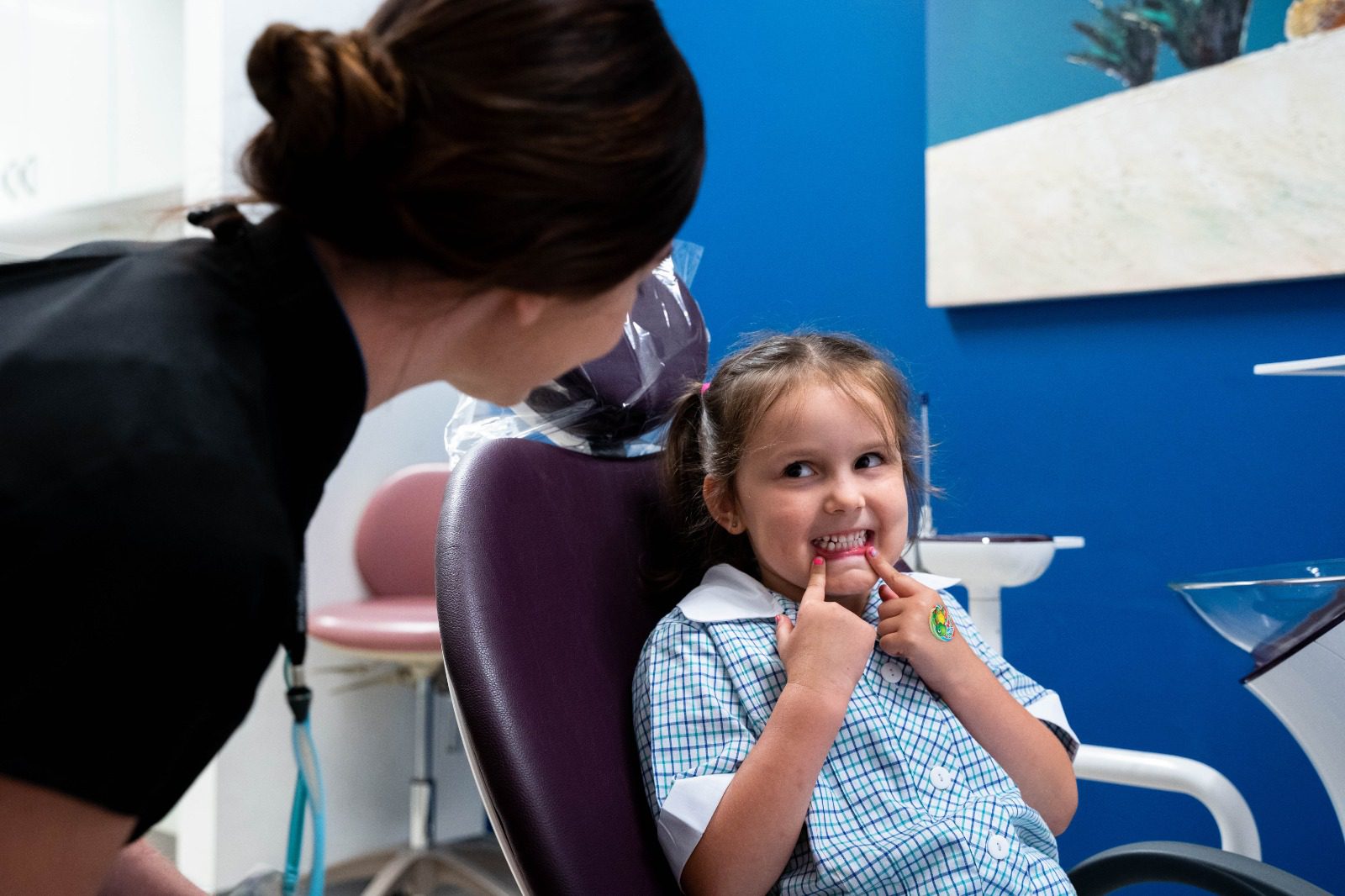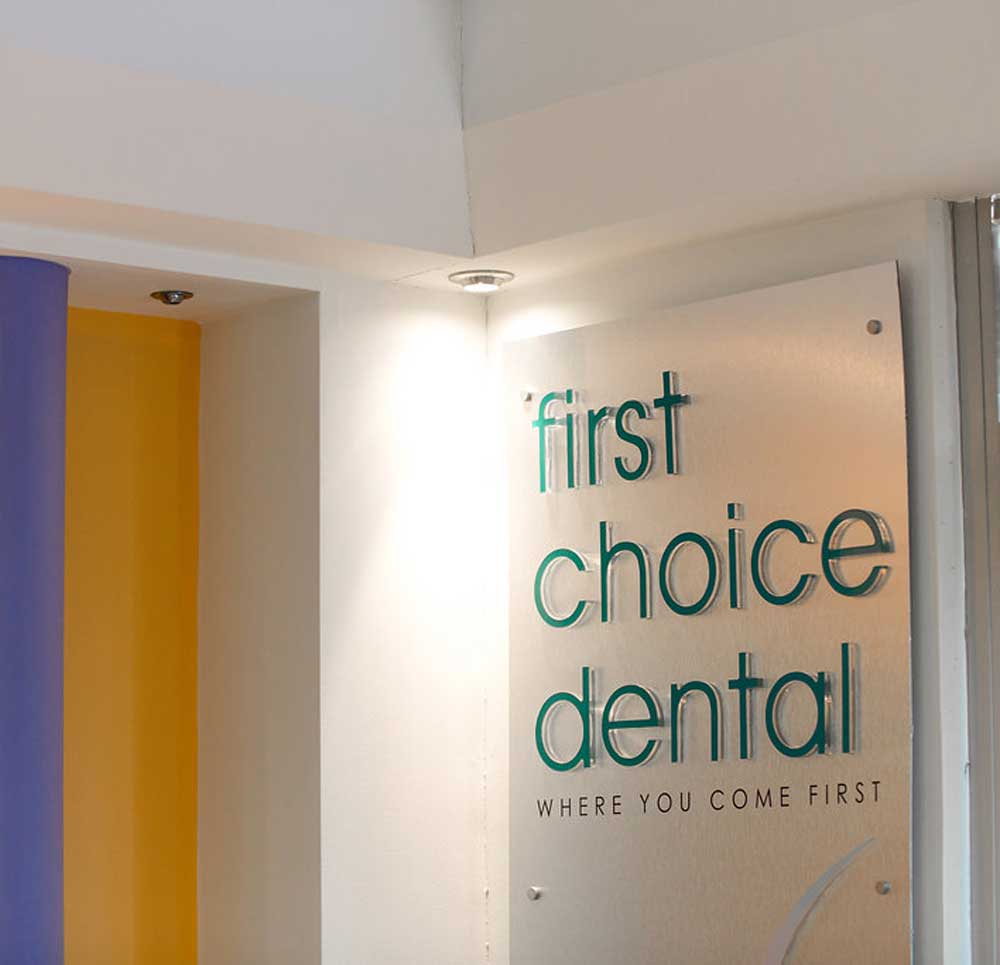Oral Care For Babies
Oral hygiene is very important from an early age. Oral hygiene should be done at least once a day and can start as soon as your baby is born. When you are breastfeeding, the milk may affect their teeth so you must clean them well after feeding them. The first tooth appears when your baby is about 6 months old and within 12 months most babies have all 20 teeth, but there’s more to keep them healthy than just brushing with fluoride toothpaste!
Teeth Development:
A baby’s teeth begin to develop at birth, and they can be seen in the mouth of an infant by the time they’re 6 months old. Babies have 20 baby teeth (also known as primary teeth) that will eventually fall out and be replaced by permanent adult teeth between ages 4 and 6 years old.
Your baby’s first tooth usually appears at about 6 months of age, but it may come in earlier or later depending on your child’s development. The following are some signs that your child is ready for their first tooth: They’re interested in chewing on things, they bite toys, they drool excessively because their mouths are dry due to teething pain, and/or they appear uncomfortable while eating or drinking hot or cold foods due to inflamed gums.
Here are some things you can do as a parent:
It’s important to take care of your child’s oral hygiene before this happens because babies need regular dental check-ups beginning when they’re 1 years old until their permanent teeth come in (usually around age 7). This allows us to detect any signs of decay or disease early on so we can make recommendations for proper treatment as soon as possible!
As with adults, dental health begins with brushing twice a day! You can use fluoride toothpaste designed specifically for children aged 2 years old and older – but don’t forget about flossing too! Flossing helps remove plaque from between teeth where brushes cannot reach. Plus it helps prevent gum disease which could lead down a path toward needing root canal therapy (ouch!).
Why dental hygiene is so important and the Stages of Teething….
0-3 months
- Teeth begin to appear at 3 months and are fully formed by about age 6. However, they’re soft, yellow and not painful until about the age of 2.
- The teeth you had as a child are your permanent teeth. They’ll stay with you for life!
Babies start to develop teeth at around 6 months old, but it’s important that you start familiarising them with the idea of oral care as soon as you can. Whether you use a soft cloth or wipe to clean your baby’s mouth and remove plaque and bacteria from their teeth is up to you; what matters most is that you do it regularly.
4-6 months
Teething is a natural process that babies go through as they grow. It usually starts around 6 months old, and by the time they’re two years old, most babies will have all 20 of their teeth. The first teeth to appear are usually the lower central incisors, followed by upper central incisors and lateral incisors. Your child may experience tingling, itching and pushing sensations in their gums.
Teething can also cause a baby to be irritable, restless and fussy because of discomfort in chewing or swallowing food. They may also experience pain when chewing on hard objects like teethers or toys. If your baby is having trouble sleeping as a result of teething, try giving them something soft or cold to chew on like frozen wet washcloths or frozen fruit popsicles (make sure it’s at room temperature before you give it to them). You can also try massaging their gums with your finger; this will help relieve the pressure caused by emerging teeth pushing up against existing ones.
Teethers and massaging brushes are great options for soothing sore gums. The bristles and texture of these products provide comfort, while the handles make them easy to hold. These products also help clean babies teeth and gums by removing food particles from the surface of their teeth and digestive tract.
7-9 months
At this stage, your baby’s teeth should be brushed twice a day with a baby brush. It is important to use a special toothbrush (for example, those made of silicone) since the enamel on their teeth is still extremely soft and vulnerable to damage. Training brushes are ideal at this stage as they have soft bristles and their perfect shape will help clean the surface of your baby’s teeth without damaging them. At this age, babies find imitating others fascinating – so sit them on your knee and position yourself so that their head rests against your chest while brushing their teeth.
You may be surprised to learn that your baby’s first tooth isn’t a front tooth. In fact, even though a top or bottom incisor will appear first, it’s the middle incisor in the bottom of the mouth that appears first for most babies. This is because this tooth is most often impacted by the baby’s tongue and cheeks when feeding from bottles or breastfeeding, which causes pain when teething begins.
Teeth generally appear in one of three general locations within the mouth depending on where they’re growing: top or bottom first (incisors), middle first (incisors), or all at once (canines). However, because each child’s teeth are unique to him/herself and his/her genetic makeup—and even more so during teething—there are many exceptions to this general rule. So, while some children will have all four front teeth erupting at around six months old with no fuss at all; others may not complete this process until age two!
10-12 months
At this age, your child should be able to sit without support and have teeth that are coming out of the gums. Your baby will begin to develop a preference for certain foods, so it’s important to encourage healthy eating habits from the start.
Selecting the Toothbrush: A soft bristle brush is ideal at this age as your child’s gums are still sensitive. If you’re using a traditional toothbrush with hard bristles, consider using an infant toothbrush instead. Infant toothbrushes come in different sizes to accommodate different ages and stages of development—they’re also curved which makes brushing easier for babies who haven’t mastered fine motor skills yet. If you’re looking for an alternative method of cleaning teeth when there’s no option but hard bristles (for example when travelling), try using finger brushes like these!
Cleaning Frequency: It is recommended that teeth should be brushed twice a day with either infant toothpaste or just plain water until they reach their first birthday—afterwards they can use adult toothpaste if desired or if there isn’t any available at home (though it’s still not necessary).
Year 2 and so on……
Oral care should be continued to encourage healthy teeth and gums.
A full set of baby teeth should come in year 2. Toothpaste should be used at least twice daily and flossing once daily.
As your baby grows, it’s important to make sure they are brushing their teeth properly.
- Brush twice per day. Use a soft-bristled infant or toddler toothbrush and toothpaste that is safe for babies this age. You may want to use a pea-sized amount of fluoridated toothpaste; if you are using fluoride, be sure to use only a very small amount so that swallowing does not become an issue (start with no more than 0.25 ml). Begin brushing with light strokes at the gum line and work up to using gentle pressure on the teeth. Also, encourage spitting out after brushing and not rinsing as this increases the benefits of fluoride in the toothpaste.
- By about 18 months old, most children will enjoy having their own toothbrush that makes noise when they brush their teeth – this can be especially helpful for younger toddlers who are still learning how to manipulate new skills like brushing! Children love imitating others at this age; they also love being praised and rewarded with stickers or other cute incentives – both of which should be used as a positive reinforcement when it comes time for them to brush those pearly whites!
Oral hygiene is very important from an early age….
Your baby’s teeth are still tiny and delicate in the first few years of his/her life, so it’s essential that you maintain good oral hygiene habits. The best way to start this process is by introducing your baby to oral care as soon as they are born.
Your child should be brushing twice a day with fluoride toothpaste, which is available over-the-counter at the pharmacy. A soft brush will help to protect your child’s gums from damage caused by hard bristles. Always brush in a circular motion before rinsing thoroughly with water or saline solution (available at most pharmacies)
Once you ready to find a dental practice you can trust with your child’s dental care? Look no further! Contact First Choice Dental today and find out how we can help your child develop lifelong habits for a happier and healthier smile.
At First Choice Dental, we understand that taking your child to the dentist can be overwhelming for the both of you. That’s why we offer a relaxing environment where kids feel safe and comfortable, with plenty of kid-friendly activities and toys to keep them occupied while they wait for their appointment. Our team of professionals is dedicated to providing excellent care and education, so parents know exactly what they are getting into when they bring their children in for treatment and how to avoid potential problems down the line.
Book an Appointment
by calling us on 02 4647 4570
Our Location
Suite 3, 20 Somerset Ave Narellan NSW 2567
Connect with Us



